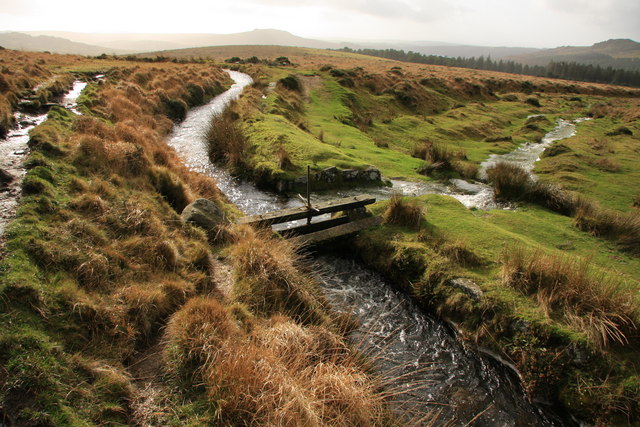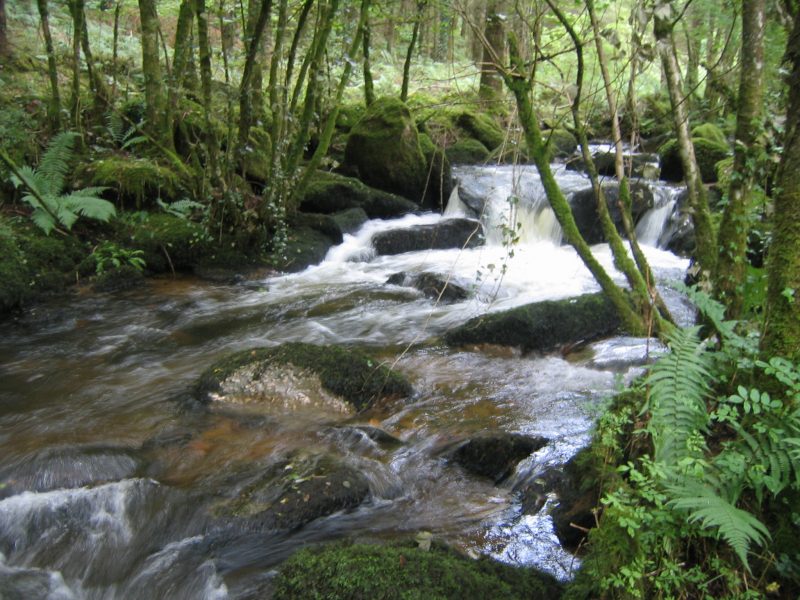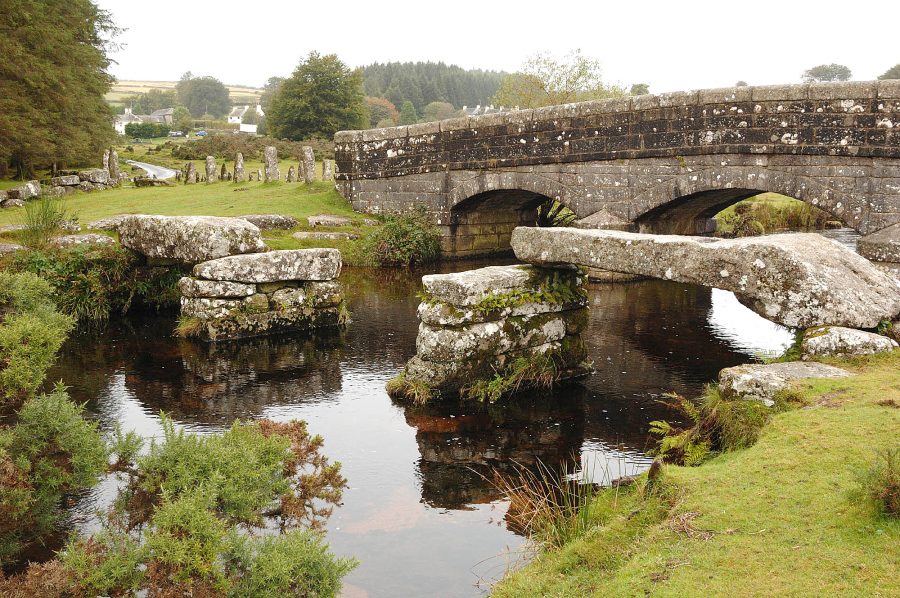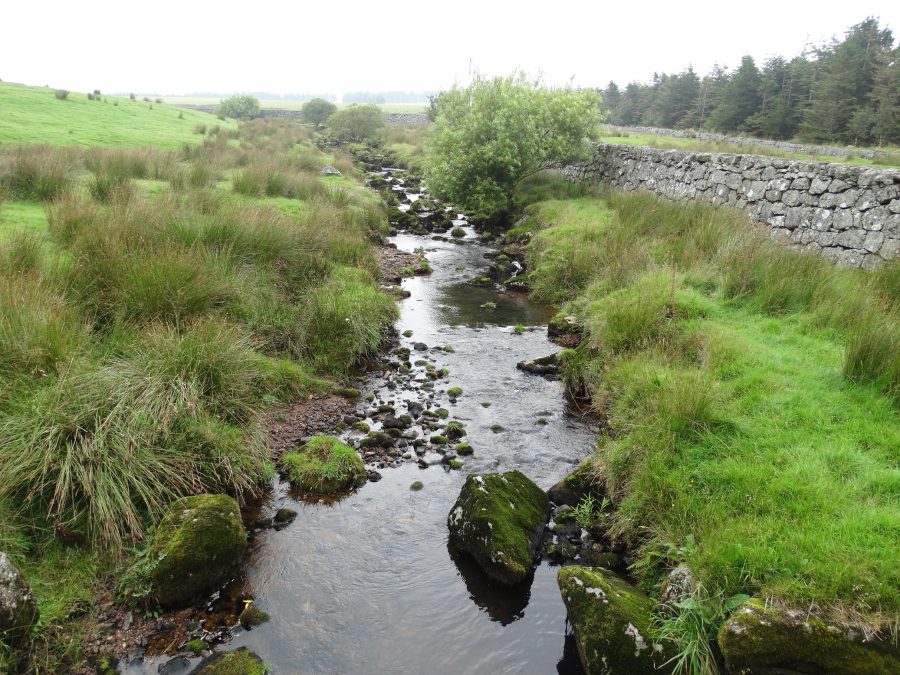Walking alongside its banks and gazing into its crystal clear waters, it’s hard to underestimate the magnificence of the River Dart.
From the gathering raindrops that trickle into the Dartmoor landscape at the sources of the River Dart and its tributaries, to the gushing waters that flow into the sea at Dartmouth; there lies 600 km of this breathtaking waterscape to explore.
As the river journeys, it carves its way into the hillsides, cascades down waterfalls, surges under historic clapper bridges and winds its way through stunning Devonshire scenery to the coast.
And with every stretch of the river, there comes a unique landscape to explore and countless opportunities to enjoy it.
No matter what your interests, the Dart has so much to offer. Whether you’re a walker, a climber, a canoeist, a horse rider, an angler, a cyclist, a writer or an artist, the Dart provides so many opportunities to follow your interests and always provides a stunning backdrop, however you choose to spend your riverside days. Whether you’re striding across the clapper bridge at Postbridge, sipping tea by the waterside at Totnes or enjoying a riverside picnic on the moor, there are so many memories to be made alongside this stunning river.
For me, the Dart evokes memories of heroic dives into freezing moorland waters, happy hours spent roaming from river to tor, scatterings of sturdy Dartmoor ponies and windswept sheep, crab sandwiches eaten by the estuary, peering through the mossy boulders and twisted oak trees of Whistman’s Wood…
Though this small patch of woodland may not look much, Whistman’s Wood offers an insight into the river’s past. The name ‘Dart’ is thought have meant ‘river where oak trees grow’ in Brythonic Celtic. While moorland has taken over much of the original woodland (thanks to
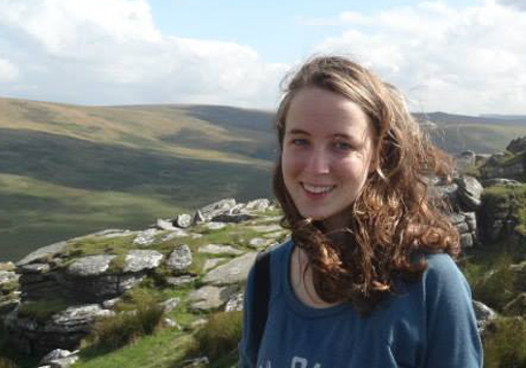
Elly Greenway
Data, Evidence and Engagement
deforestation in the Medieval times), the haunting Whistman’s Wood – one of the last remaining areas of primary woodland in Britain – makes a fascinating reminder of the river’s history and a great detour from the river channel as you walk from Two Bridges.
Of course, the services provided by the Dart are not limited to days out. It is the River Dart that has shaped the iconic Devonshire valleys around us and throughout the county’s past, it has played an instrumental role in powering industry and transporting goods, allowing the growth of the towns and villages that lie along the river. Today the River Dart provides water to our homes and is the habitat of much of the beautiful wildlife that we admire so greatly in the West Country.
With its stunning National Park setting, plethora of wildlife to enjoy and host of activities on offer, it is no wonder the Dart is such a well-loved feature of the West Country.

